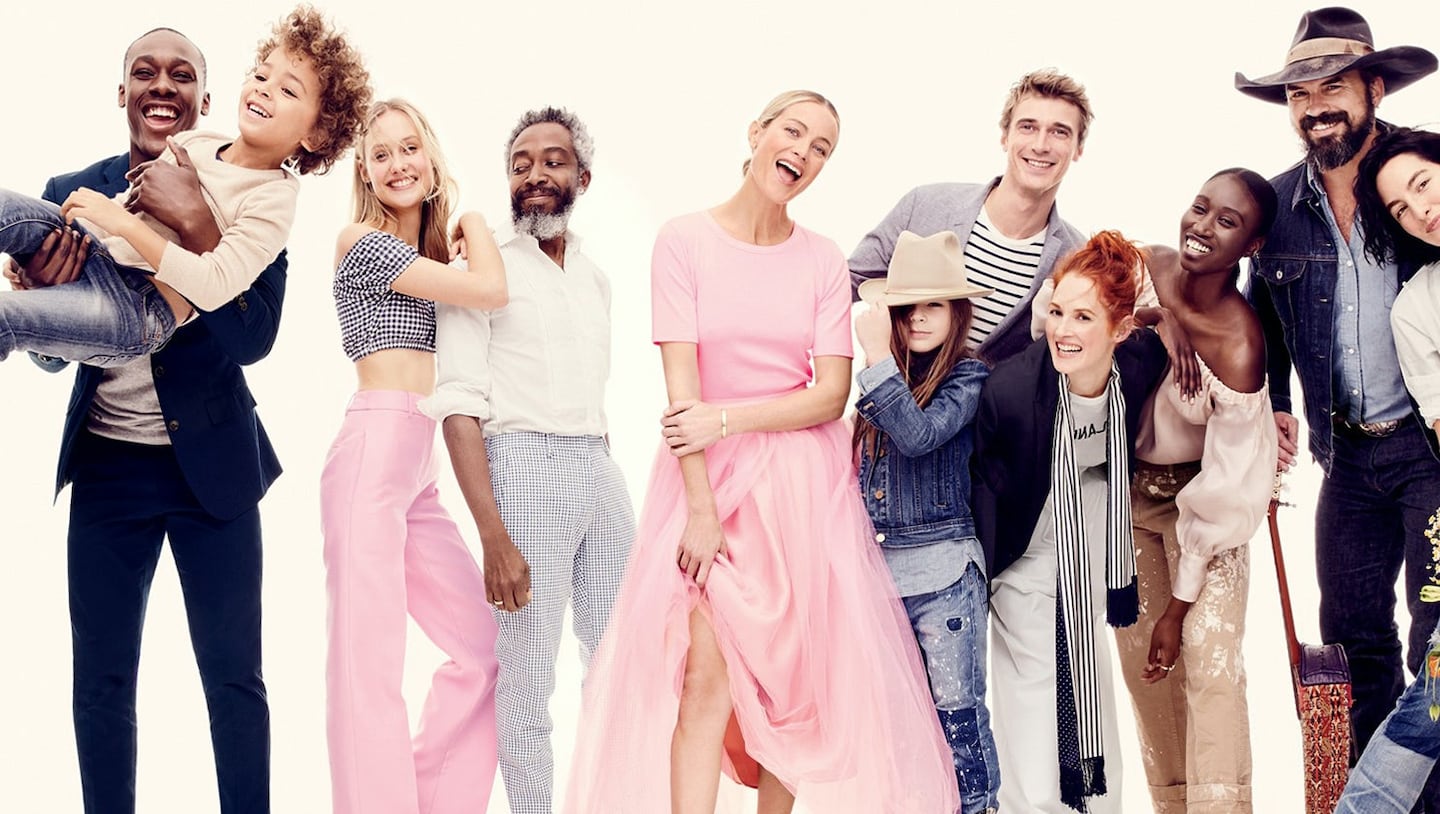
The Business of Fashion
Agenda-setting intelligence, analysis and advice for the global fashion community.

Agenda-setting intelligence, analysis and advice for the global fashion community.

NEW YORK, United States — J. Crew Group Inc. is preparing a potential bankruptcy filing as the coronavirus epidemic spoils the preppy retailer's plan to turn around flagging sales and cut its crushing debt load.
No formal decisions have been made, but J. Crew has held initial talks with lenders about a potential bankruptcy loan that would keep the company running while it works out a recovery plan, according to people with knowledge of the situation.
The plan could include cutting the debt burden by swapping some of it for equity, said the people, who asked not to be identified discussing a private matter.
A representative for New York-based J. Crew declined to comment. Elements of the potential bankruptcy were reported earlier by CNBC.
ADVERTISEMENT
A Chapter 11 bankruptcy would allow J. Crew to stay in business, cut its borrowings and close weak stores to minimize costs. The situation remains fluid and plans could change, depending on market conditions, the people said. This includes the impact of the coronavirus as sales suffer with governments telling shoppers to stay home and nonessential businesses to stay shut.
Chinos Holdings Inc. is the ultimate parent of J. Crew. The company operated 182 J. Crew-branded stores, 140 Madewell stores and 170 factory stores as of March 2, according to recent filings.
J. Crew was relying on an initial public offering of Madewell to raise capital and ease its heavy debt load, a legacy of the 2011 leveraged buyout by current owners TPG Capital LP and Leonard Green & Partners LP. The company listed outstanding long-term debt at almost $1.7 billion as of Feb. 1. In recent quarters, the Madewell brand has grown at a faster clip than the namesake brand.
All of its stores were closed temporarily because of the pandemic. But even before the virus spread, the company was struggling because shoppers were defecting to online merchants and consumer tastes were changing. J. Crew was also trying to rebound from some fashion misses and complaints of poor-quality clothing.
Representatives for TPG and Leonard Green declined to comment.
By Katherine Doherty and Gillian Tan.
Related Articles:
[ J.Crew Must Die to LiveOpens in new window ]
[ The Challenging, Emotional Remaking of J.CrewOpens in new window ]
[ J.Crew to Push Ahead with Madewell IPOOpens in new window ]
As the German sportswear giant taps surging demand for its Samba and Gazelle sneakers, it’s also taking steps to spread its bets ahead of peak interest.
A profitable, multi-trillion dollar fashion industry populated with brands that generate minimal economic and environmental waste is within our reach, argues Lawrence Lenihan.
RFID technology has made self-checkout far more efficient than traditional scanning kiosks at retailers like Zara and Uniqlo, but the industry at large hesitates to fully embrace the innovation over concerns of theft and customer engagement.
The company has continued to struggle with growing “at scale” and issued a warning in February that revenue may not start increasing again until the fourth quarter.